
Situated on the right bank of the Douro River and a short distance from the Atlantic Ocean, Porto or Oporto, is famous mainly for its namesake wine produced in the region, but also for its historic center which has contributed to the city’s inclusion in the UNESCO World Heritage since 1996. With a tumultuous history Porto has managed to become the most important economic center in northwestern Portugal.
A city of contrasts, Porto takes you into a bohemian and colorful atmosphere, with buildings adorned with the famous azulejos (blue tiles), but also with buildings left in disrepair. With countless sights, Porto is a city worth visiting any time of the year. And, even if it is the second largest city in Portugal, a city break is perfect to discover it in its entirety.
Here’s what you can do for 2 days in Porto:
First choose a hotel in either the old center or the Ribeira district to be close to most of the sights, but also to enjoy a more vibrant atmosphere. We chose Porto Royal Bridges and were delighted, although we would have liked to find it more lively.
From the hotel the roads took us unintentionally to one of the most visited and authentic places in Porto, namely the famous São Bento train station.
Located in Almeida Garret Square, this station is more than just a place to leave from or arrive by train. It is a work of art thanks to the 20,000 ceramic tiles that decorate it. Painted by the famous painter of the time, Jorge Colaço, they depict, in Portuguese blue and white, various episodes from the history of the city and Portugal: epic battles, landings and coronations. Its location is no coincidence, as it was built on the ruins of the former São Bento do Ave Maria monastery, which would later give its name to the station having earlier been destroyed in a fire. The architecture of the complex, reminiscent of the French garrisons of the first half of the 20th century, was designed by José Porto, Marques da Silva.



Of all the places visited so far, Porto is the city with the most churches that you’ll want to visit. Everywhere you go, you will happen upon churches, some more famous than others, but certainly all equally beautiful. I’ll list just a few that we stopped to admire: Igreja Santo Ildefonso, Igreja dos Clérigos, Capela das Alma, Igreja do Carmo and Sao Francisco.








And, while we’re on the subject of churches, you can’t miss the Cathedral – Sé do Porto. Situated on top of a hill and in the heart of the historic center. It is one of the oldest and most important monuments in Portugal and offers breathtaking views over the city, the Douro River and the wine cellars on the waterfront. The building, which is a mixture of architectural styles, looks like a fortress and is very close to the walls that once protected the city.
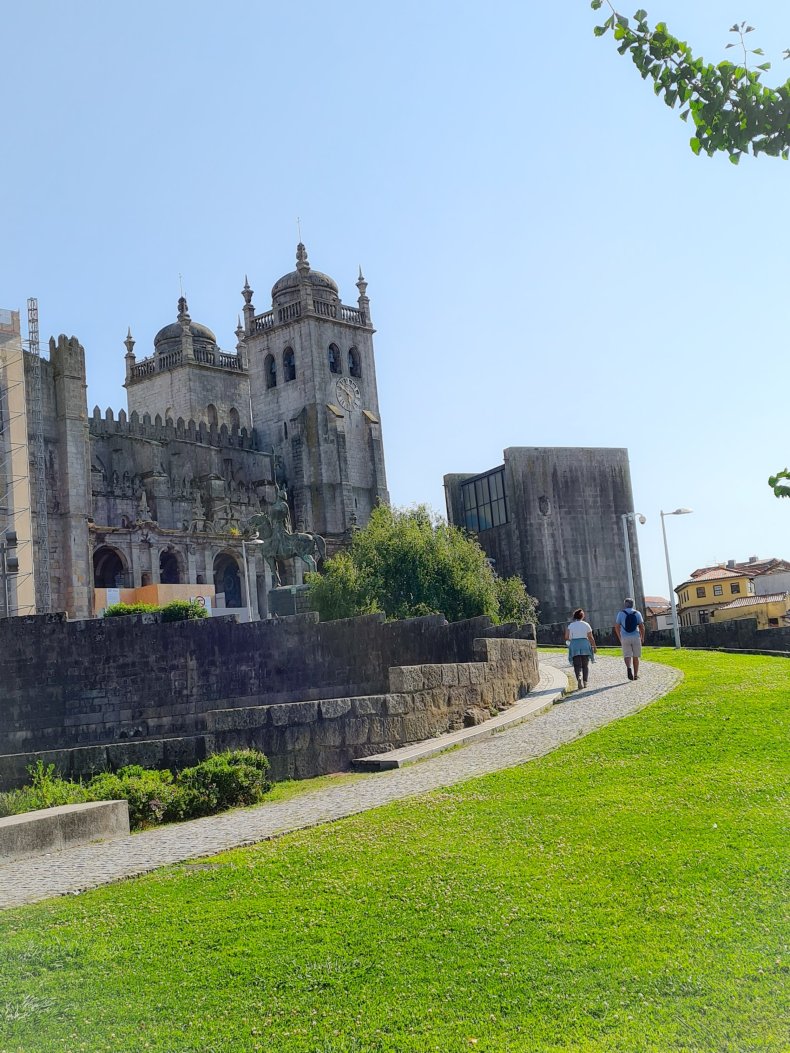
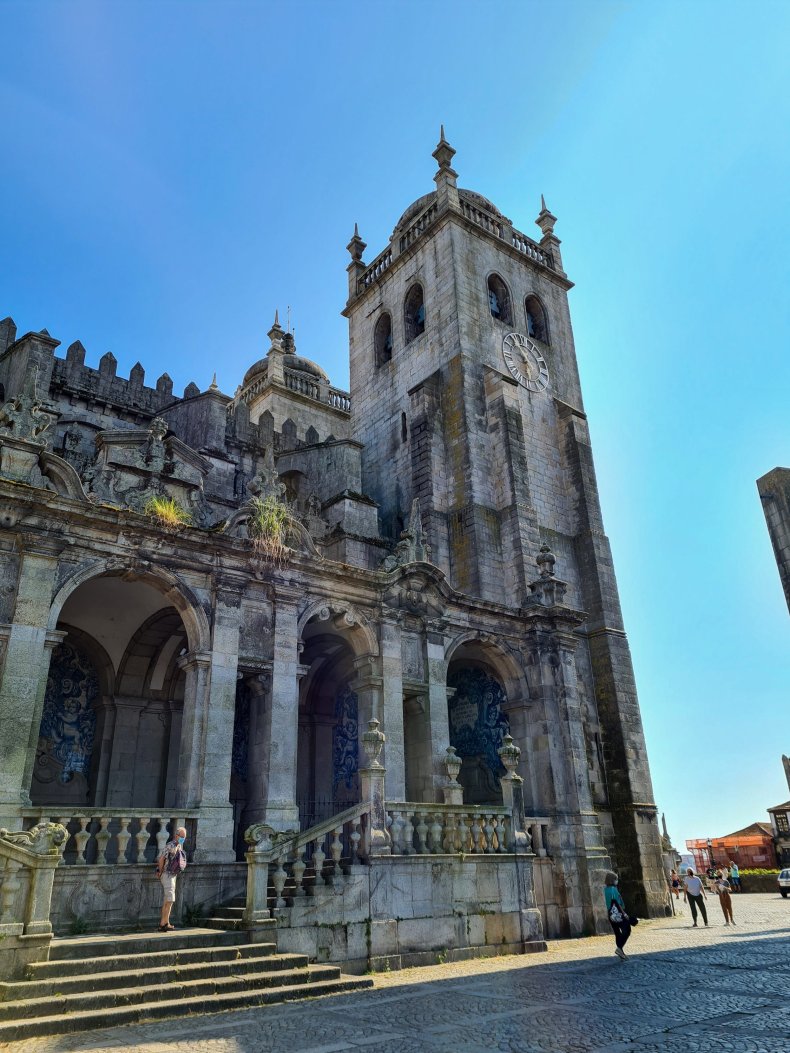
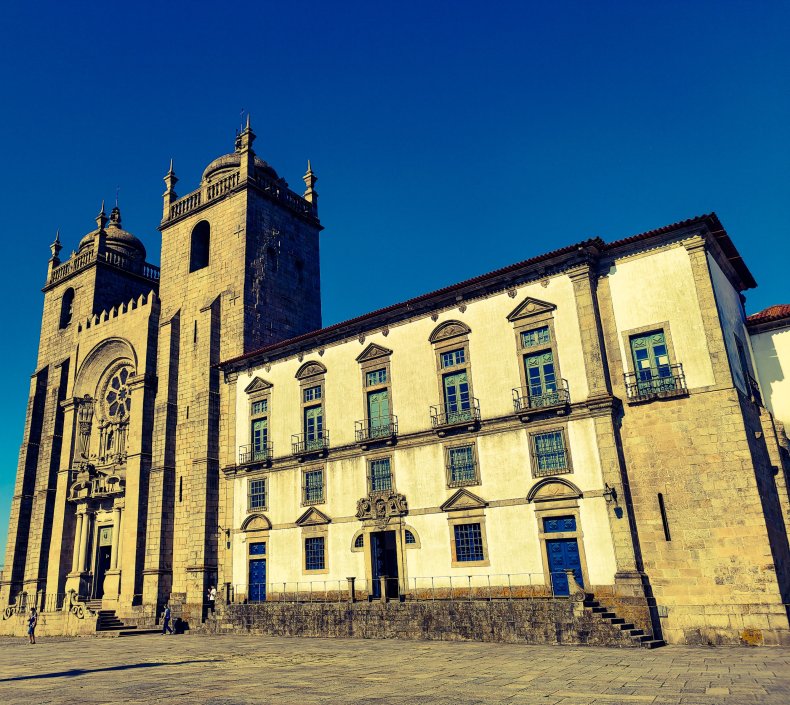
Follow these walls and you will soon reach the famous bridge – Ponte Luís I, which I recommend you cross, both on the lower and upper side. I also recommend that you see it during the day, but especially at sunset.
The bridge crosses the Douro River and connects the cities of Porto and Vila Nova de Gaia. It was named after the Portuguese King Louis I and is one of the city’s distinctive landmarks. The construction of the bridge was supervised by the engineer Teofilo Seyring, who worked for the Gustave Eiffel group. Perfectly visible from any part of the harbor, it is specially illuminated at night and offers the perfect place for the most beautiful pictures.

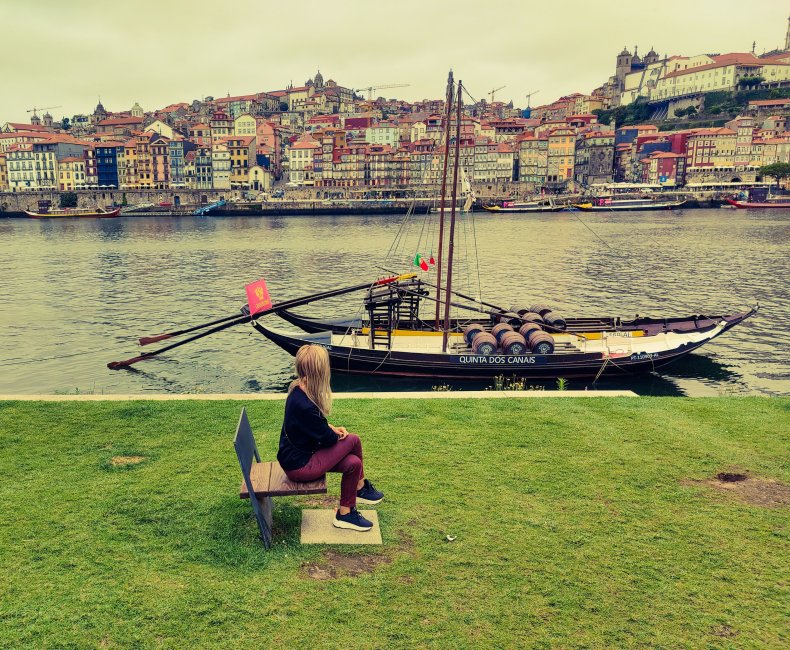
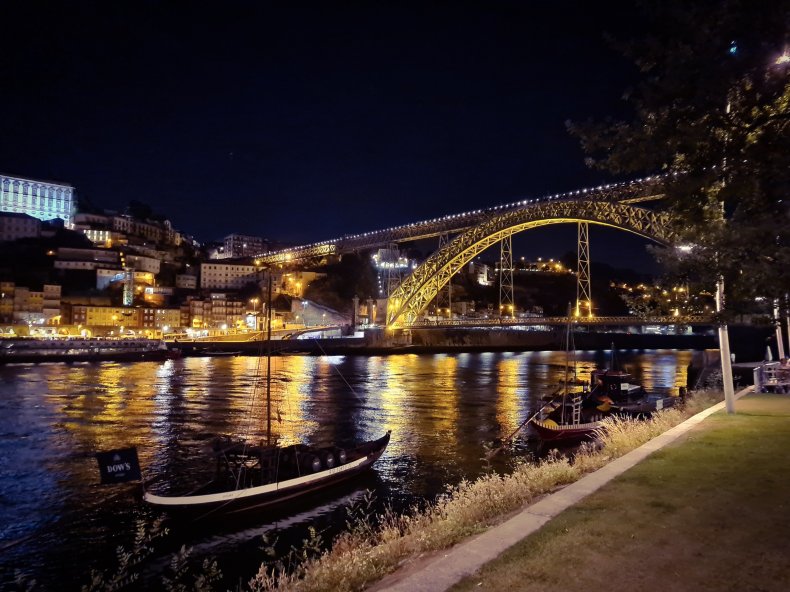
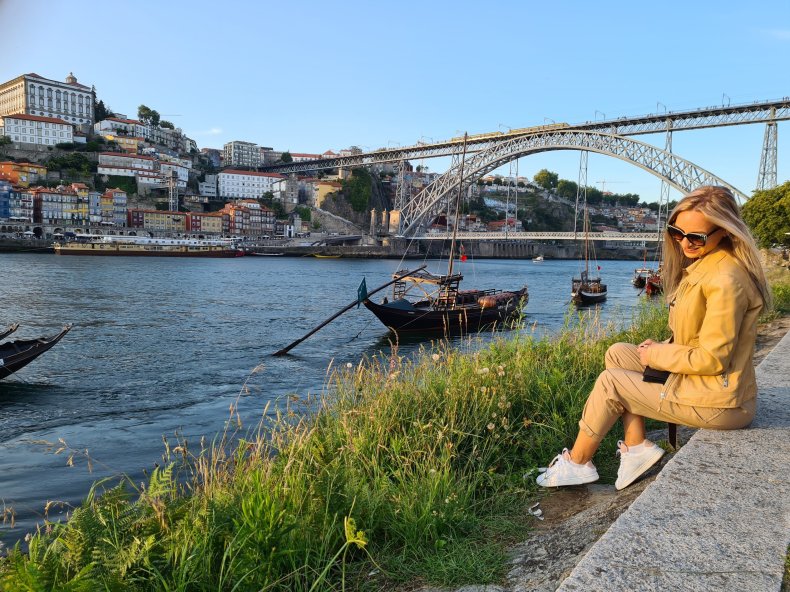

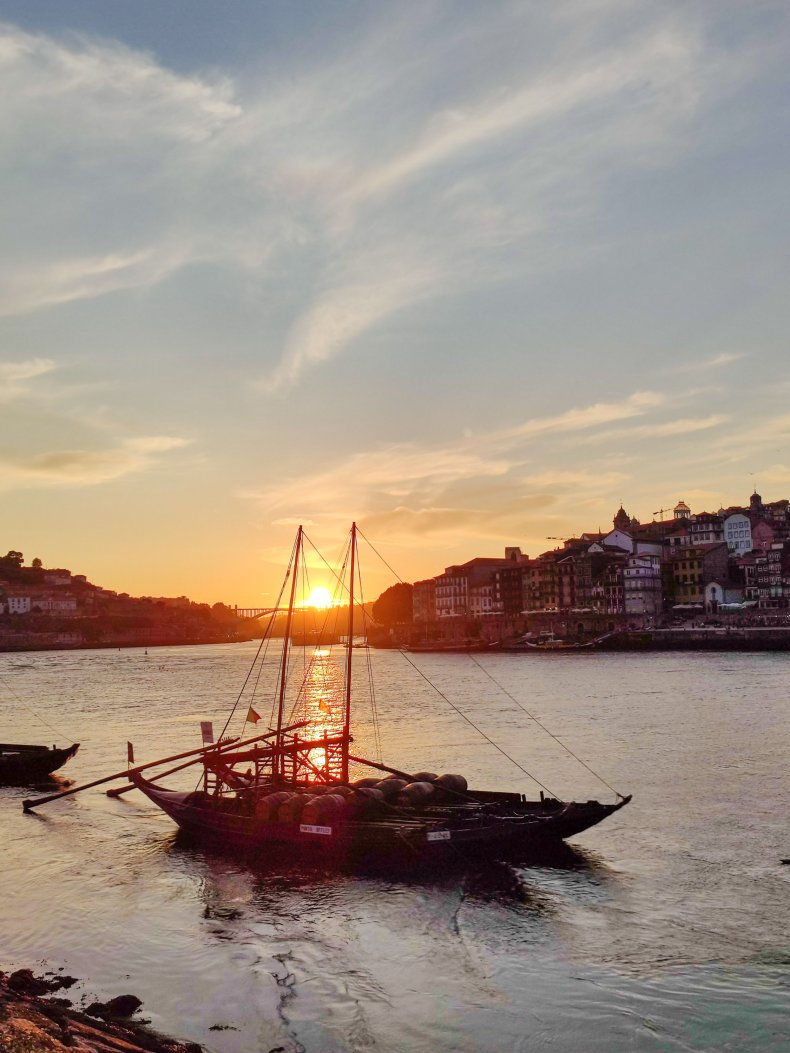
At the other end of the bridge, you will discover another world, much more vibrant and romantic thanks to the famous cellars that produce Port wine. Numerous terraces invite you to step over their threshold and taste delicious dishes, especially fish-based and, of course, to enjoy the sweet and ardent spirits. Besides the delicious sardines, try the famous Portuguese sandwich – francesinha (made with sausages, meat, ham, melted cheese and a hot tomato sauce). And the delicious pastéis de nata are waiting for you, hot, at every turn.
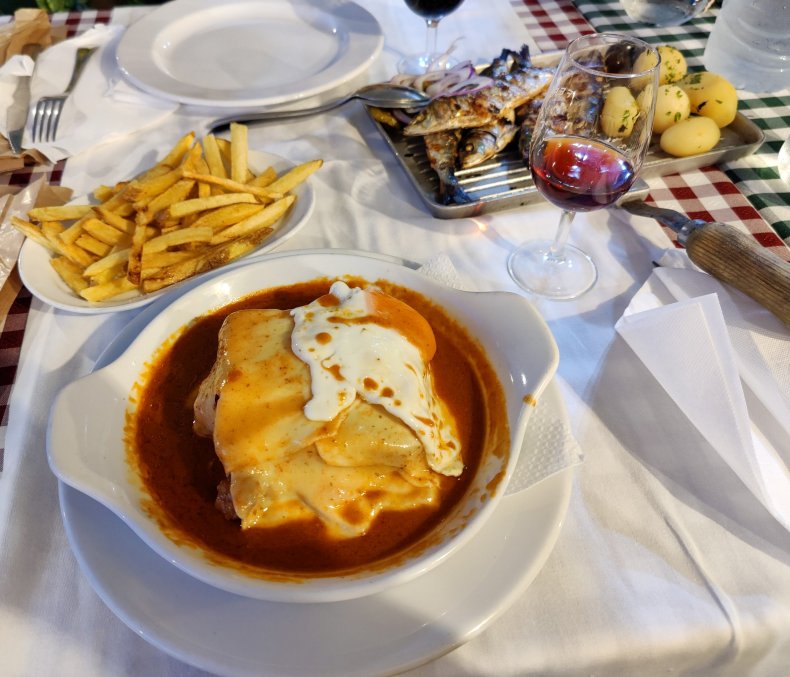
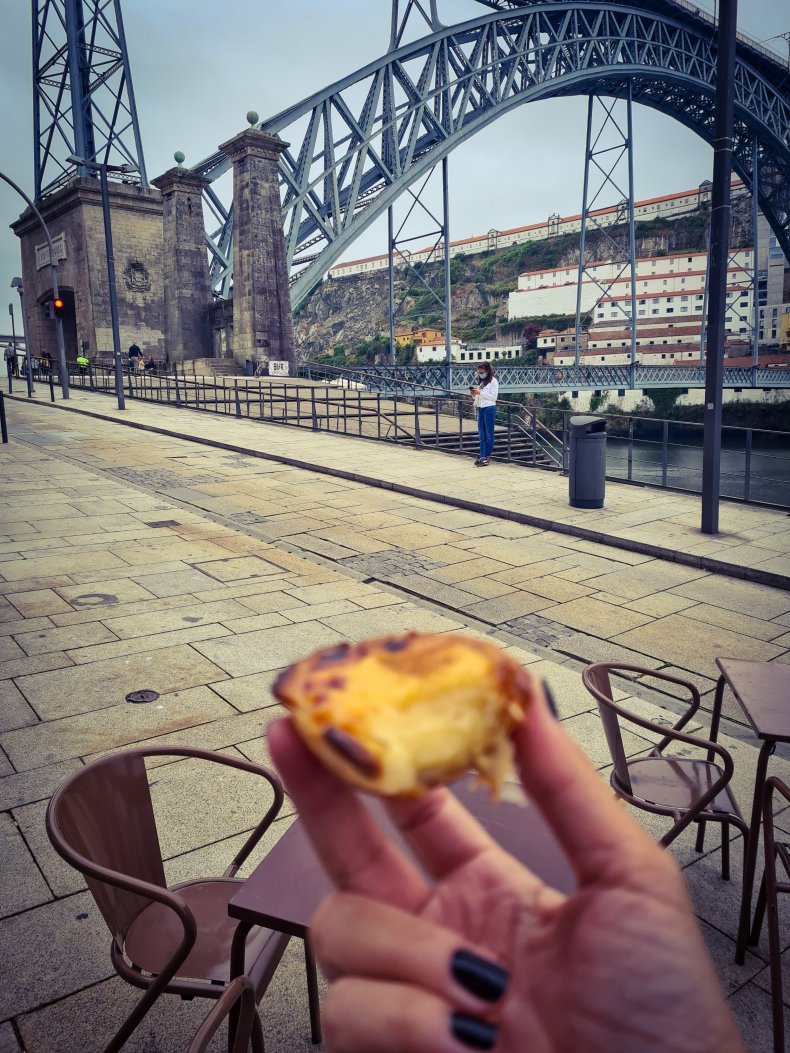
Whether you’re a connoisseur or just like to taste wine over a quiet dinner, it’s worth knowing the history and production of Port wine. So don’t miss a visit to one of the local wineries. We chose the Cálem winery because, at the end of the visit, along with the requisite wine tasting, they offered a Fado music show.

A true Portuguese experience we had at Casa Portuguesa Pastel Bacalhau, where two of the best traditional flavors (cod and Serra cheese) gave birth to a delicious dish – pastel de bacalhau. The experience is even more interesting if you catch the live organ show.


From this side of the river you can take the Gaia cable car back to the Ribiera district for a walk through its medieval and picturesque streets.
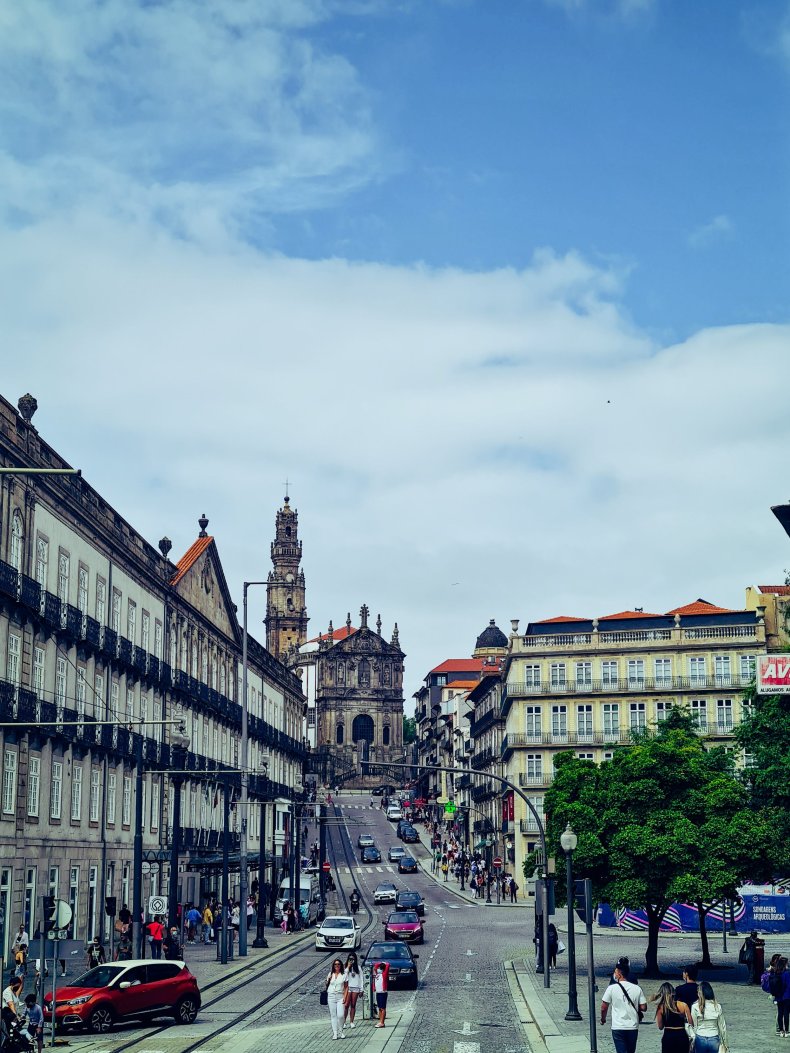
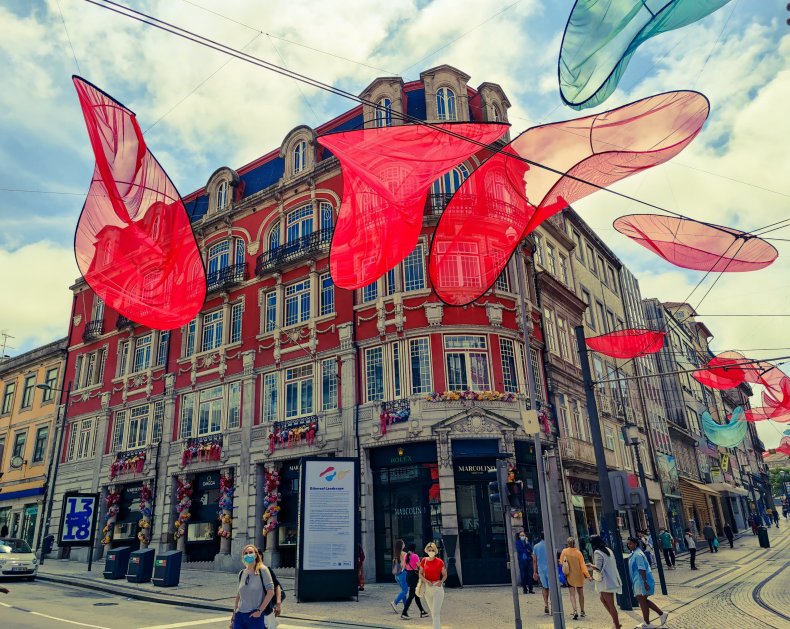
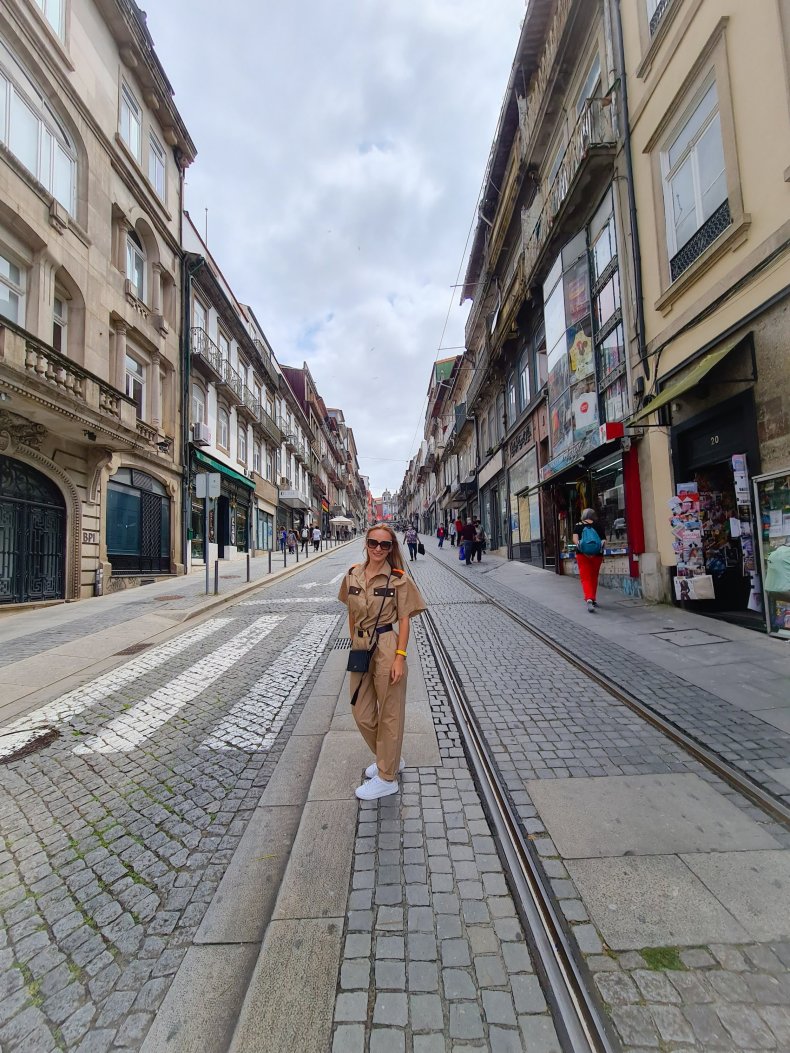
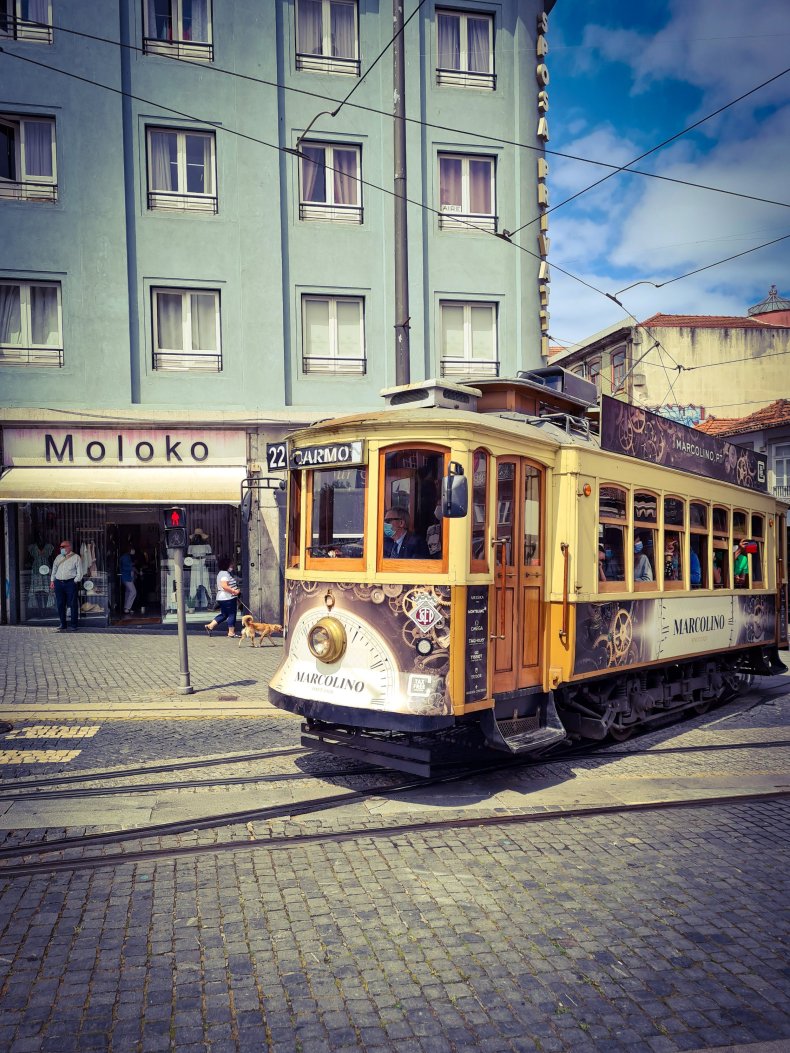
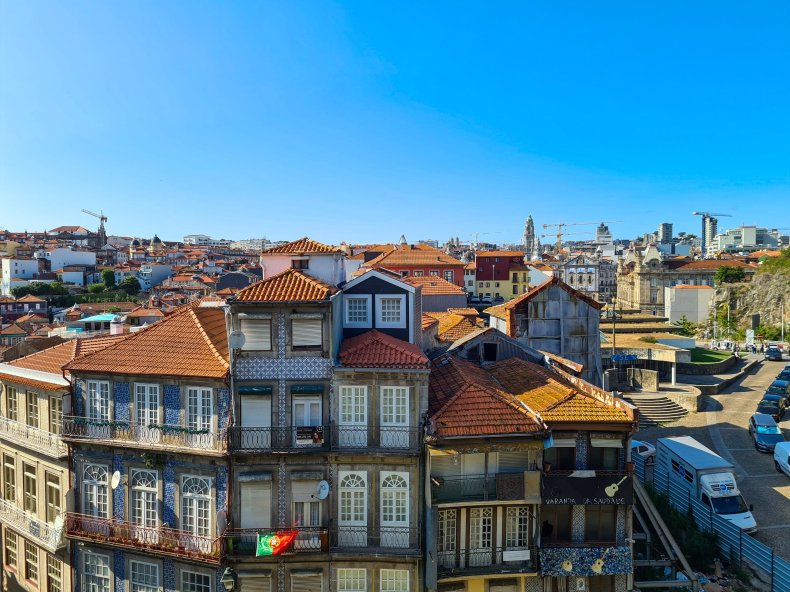
If time allows it’s worth visiting the Stock Exchange Palace (Palacio da Bolsa), the Lello Bookshop (for which I recommend you plan your visit, as the queue can be quite long), and climb the 240 steps to the top of the Clérigos Tower for its stunning views.
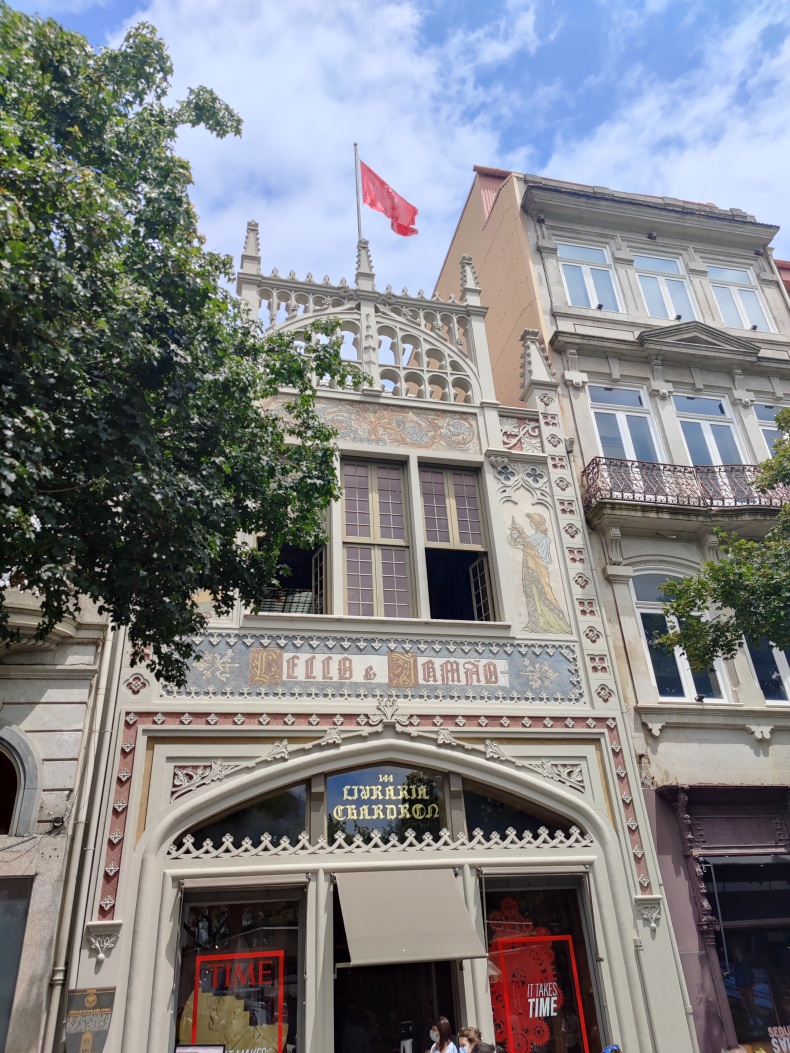
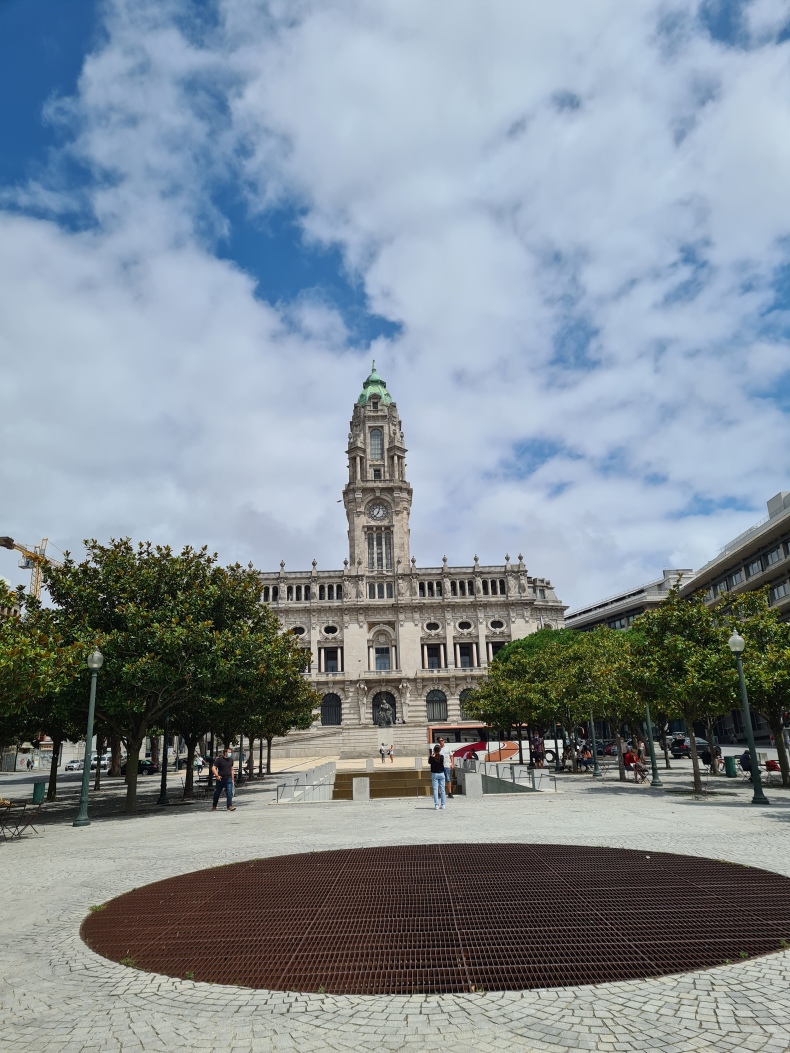
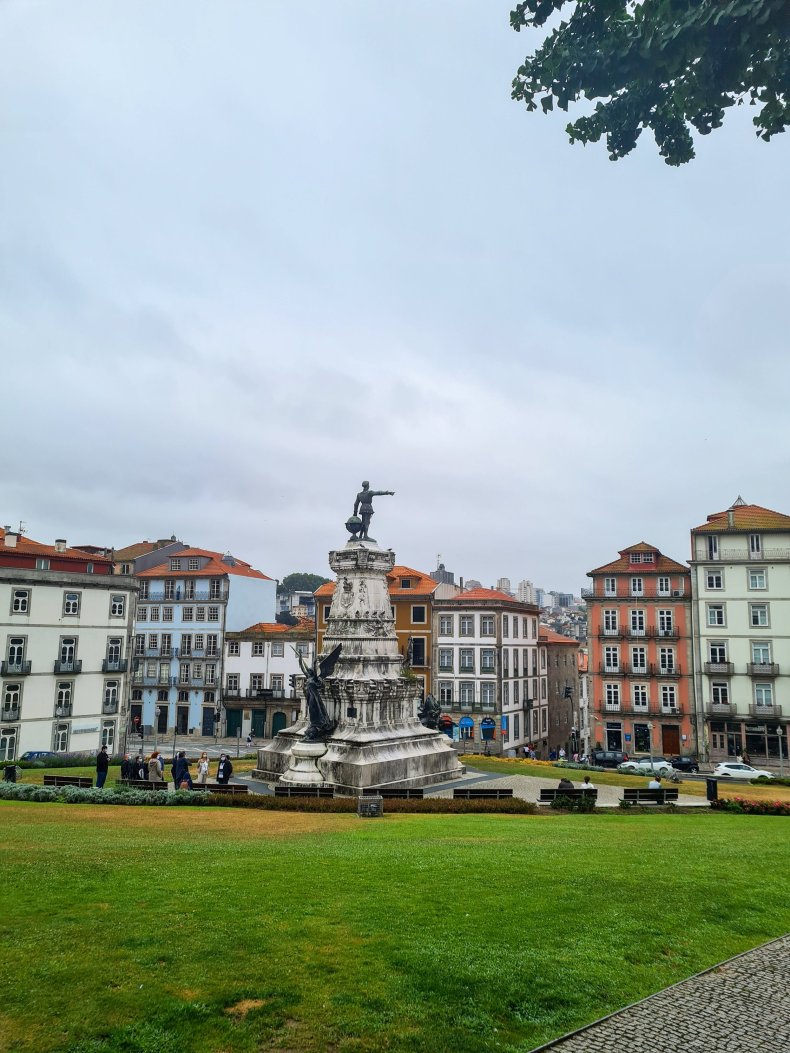

Porto is an adventure of both flavor and color.
If you too have been to Porto, leave me in the comments what you liked best or if you have any recommendations.



